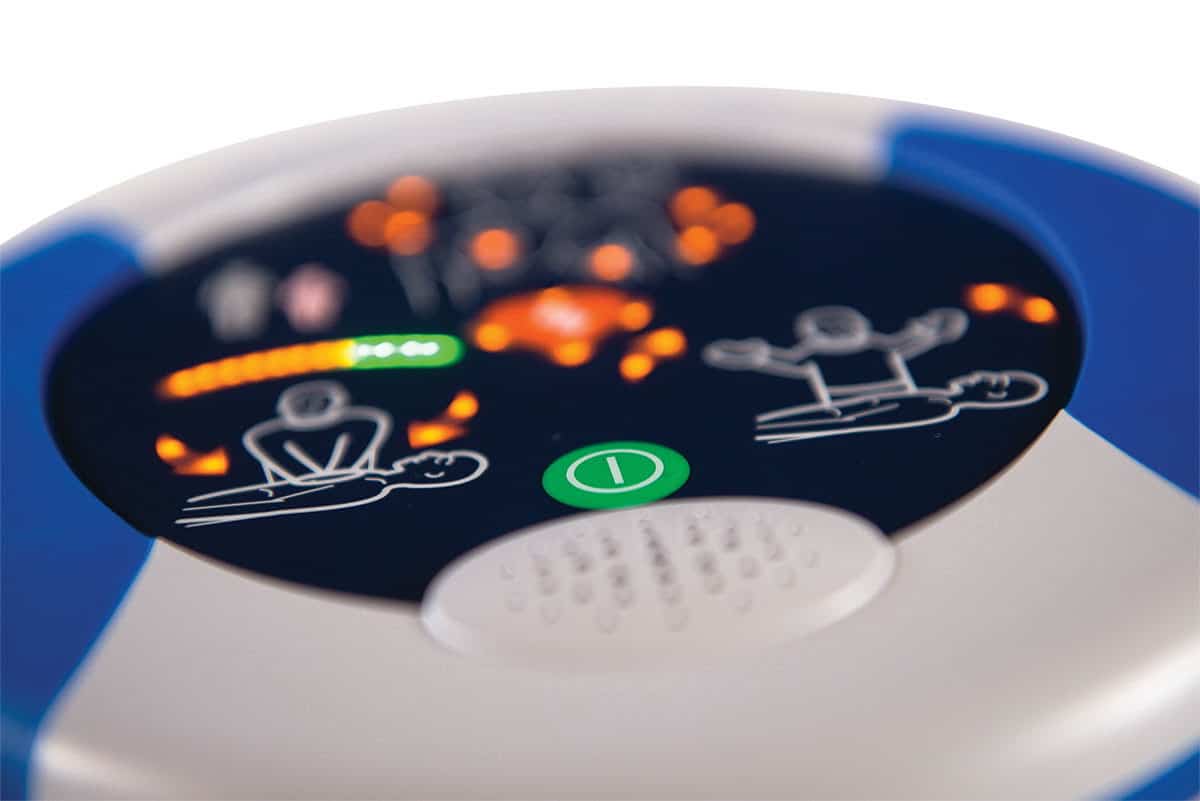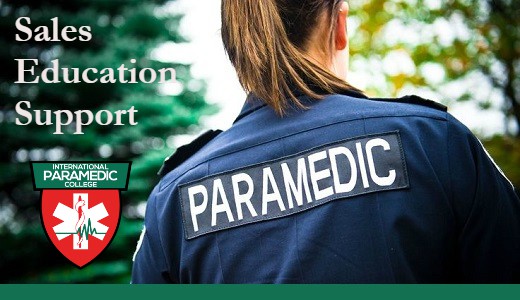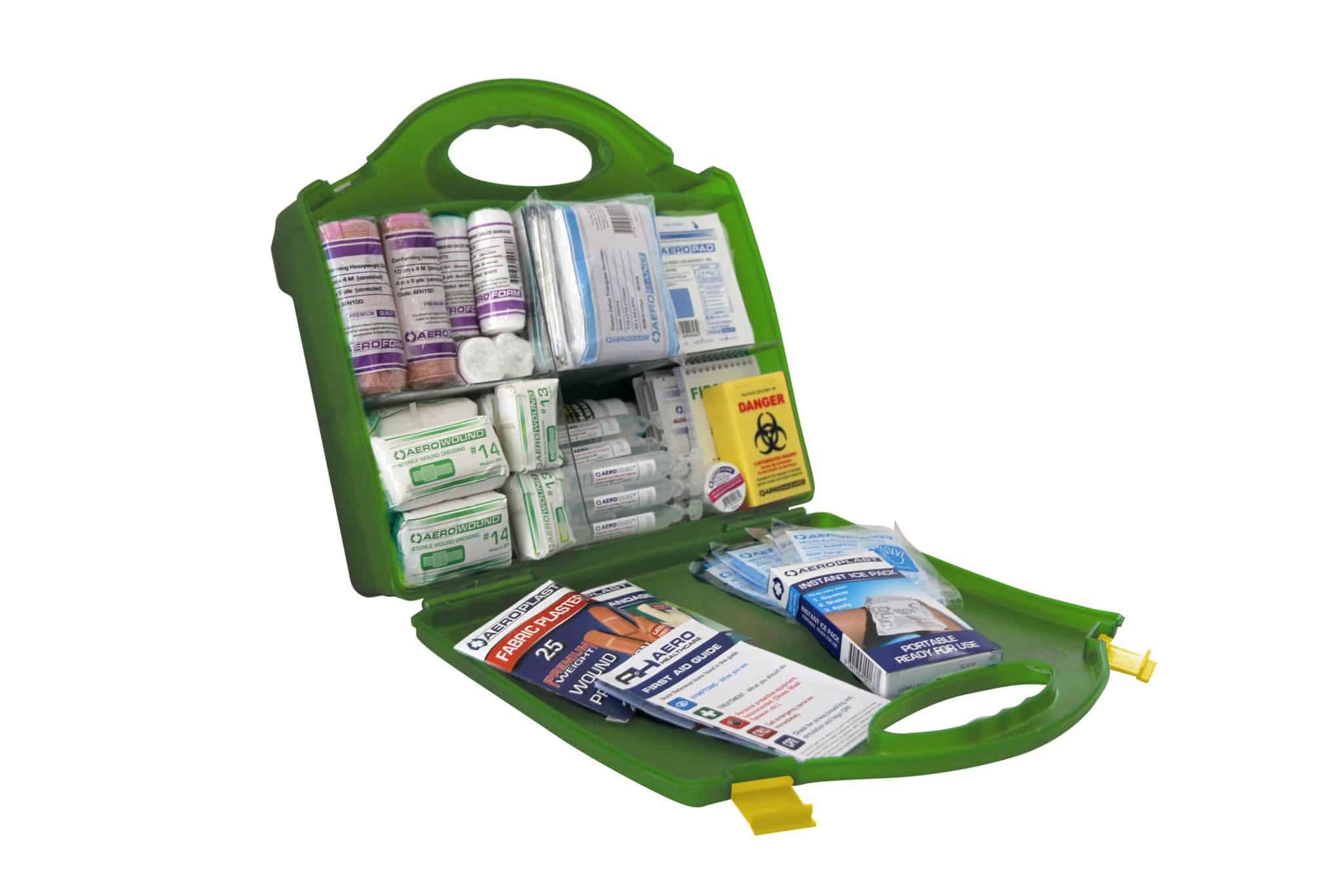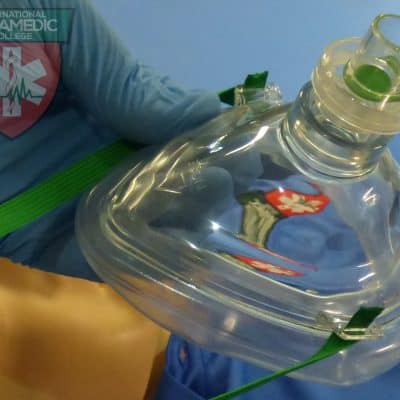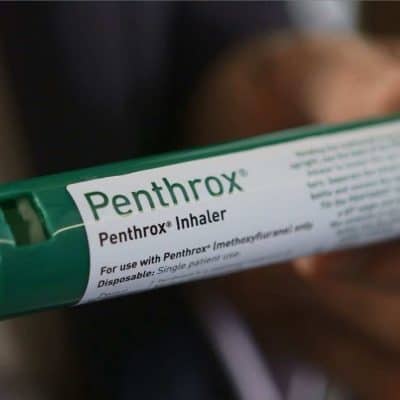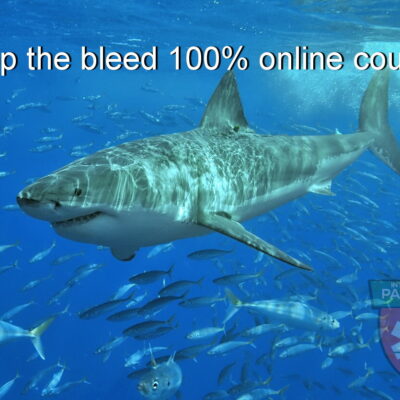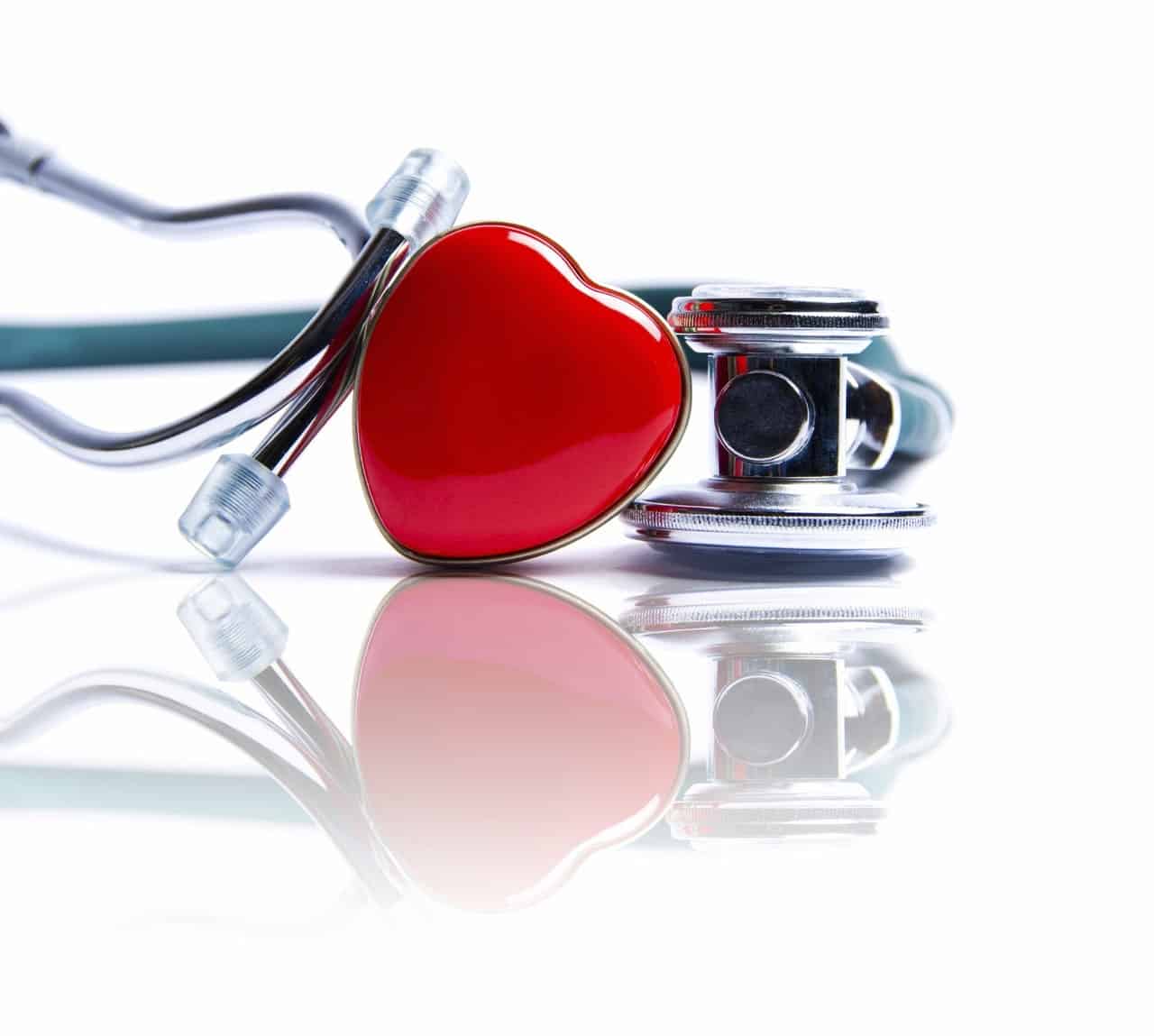
The Role of Defibrillators in Sudden Cardiac Arrest.
People who suffer a sudden cardiac arrest often require defibrillation which is used to get the heart beating normally again.
Sudden cardiac arrest is the unexpected and abrupt loss of cardiac function, breathing, and consciousness.
There are many different causes of sudden cardiac arrest. However, the underlying mechanism is the same.
It happens when an electrical disturbance in your heart interrupts or distorts the normal pumping action, resulting in a cessation of blood flow to the body.
If you are having a cardiac arrest, it means that your heart is beating out of the normal rythm. Sometimes it ceases to beat and just quivers.
In this state, death can occur if treatment is not commenced immediately.
Sudden cardiac arrest without intervention is reported to kill 9 out of 10 patients affected.
With effective administration of defibrillation, survival rates increase up to 300%.
“So I take a deep breath.
Step forward.
Let go.
10 seconds and I’m trying to breathe
9
And I’m trying to be brave
8
But the truth is I’m scared out of my mind
7
And I have no idea what’s waiting for me behind that door
6
And I’m pretty sure I’m going to have a heart attack
5
But I can’t turn back now
4
Because there it is
3
The door is right in front of me
2
All I have to do is knock
1
But the door flies open first.”
How does defibrillation work?
Cardiopulmonary resuscitation is needed after a sudden cardiac arrest and is more effectively achieved using a defibrillator rather than just chest compressions which may not achieve the desired results if not properly done.
Defibrillators are devices that work by delivering an electric shock to the heart which stops the disordered heartbeat momentarily, allowing it to resume with the normal rhythm.
They send a desired therapeutic dose of electric current to the heart through the chest wall, stimulating the heart muscles simultaneously and provoking the return of sinus rhythm (the normal heart rhythm).
There are different kinds of defibrillators. The automated external defibrillators (AED) is just one of them.
Unlike the manual variety, they are less complex and easier to understand and use by non health professionals.
They are programmed to recognise abnormal heart rhythms and only send shocks when they are needed, so if you are looking to buy a defibrillator, you do not have to worry about shocking a person who may not require it.
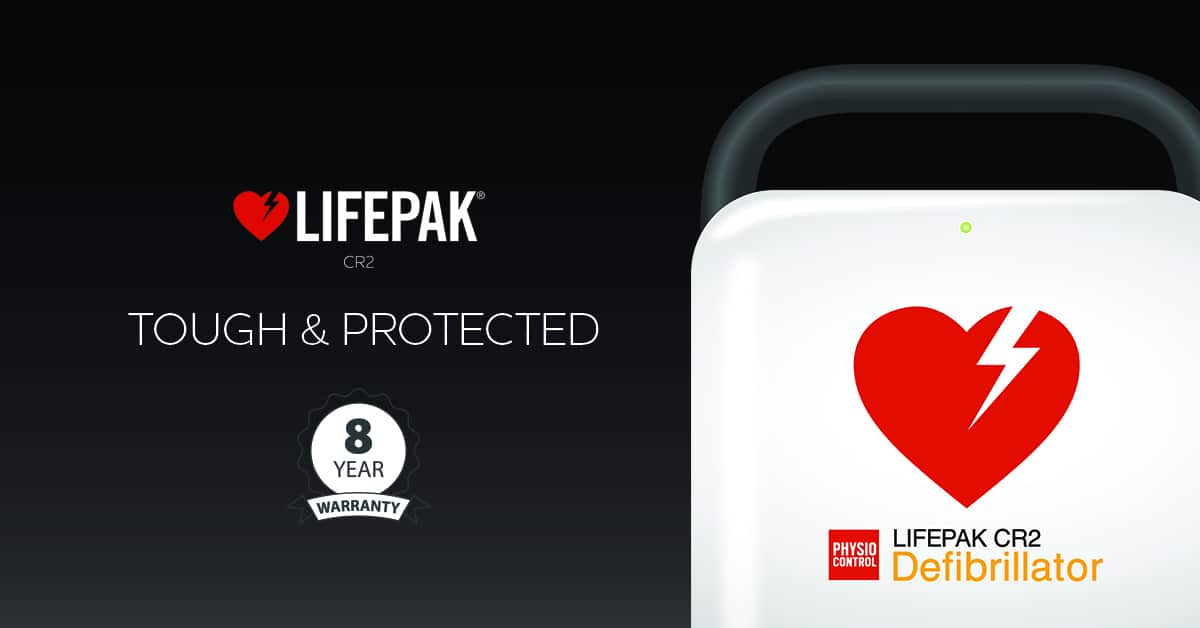
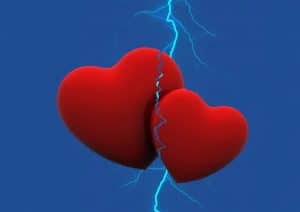
How much of a shock is required?
According to the American heart association, energy requirements for defibrillation can range from 50 to 360 joules.
Two major factors determine the level of energy needed:
- The cause of sudden cardiac arrest
Lower energy is required for causes such as atrial fibrillation and atrial flutter while higher energy is required for causes like ventricular tachycardia or ventricular fibrillation.
- The type of device, whether monophasic or biphasic.
Monophasic defibrillators deliver electric charges in one direction only, while biphasic ones deliver the first half of the shock in one direction, and the second half in the opposite direction. The latter deliver more stable magnitudes of current, and are generally more effective at lower energies than the former.
These are useful guides when you want to buy a defibrillator.
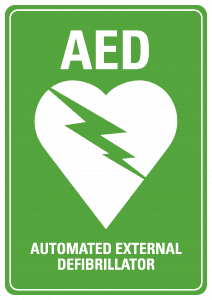
Why 360 joules defibrillators are better?
Even though many patients will require a single shock dose for recovery, a good number are difficult to defibrillate and therefore will need multiple shocks before they recover.
For these patients who require multiple shocks, research has shown that when lower energy shocks are not effective, the only way to increase the effectiveness of treatment is to increase the energy.
When it comes to defibrillation, energy is more important than current, and not all patients respond to energy levels up to 200 joules.
The highest available energy deliverable and approved by the American heart association is 360 joules.
The Australian Resuscitation Council recommends that escalating energy to 360 joules be used in cases where the first shock is not successful and the device is capable of delivering electric shocks of higher energy.
So far, there is no established downside to using 360 joules of energy for patients who qualify for it and very good reasons to do so.
Only 2 AED’s on the Australian Market support up to 360 Joules
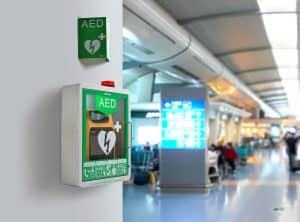
How effective and beneficial are Automated External Defibrillators?
When a cardiac arrest occurs, every minute counts.
The chances of survival reduces by 10% for every minute that the patient has an abnormal heart rhythm.
No matter how fast and efficient an emergency medical response is, it can never be as fast as a bystander who has access to a defibrillator.
This is why many public places such as gyms, schools, shopping malls, airports, etc are stocking up on AEDs.
This is also why it is prudent to buy a defibrillator as it helps to save costs in the long run.
According to the American heart association, survival from sudden cardiac arrest was doubled when bystanders intervened using publicly provided AEDs instead of waiting for emergency response.
In Australia, the Australian Hearts Campaign is pushing an agenda for the state and federal governments to make AEDs and training on how to use them correctly compulsory in every workplace just like it is for first aid kits and fire extinguishers.
According to their statistics:
- About 30,000 Australians suffer a sudden cardiac arrest out-of-hospital yearly and a majority of them will not survive it.
- Each minute that goes by without cardio pulmonary resuscitation and defibrillation reduces the survival chances of the individual by about 10%.
- It takes an ambulance about 8 to 12 minutes on the average to get to a victim of sudden cardiac arrest, resulting in a survival rate of only 1 in 4 victims (for witnessed shockable rhythms).
- Cardiopulmonary resuscitation and defibrillation administered within 3 minutes of an episode of sudden cardiac arrest results in the survival of up to 3 out of every 4 victims.
References:
This article is based on information from references provided:
References
- https://emedicine.medscape.com/article/80564-overview#a6
- https://www.ahajournals.org/doi/10.1161/CIRCULATIONAHA.106.648204
- https://www.strykeremergencycare.com/learn-and-train/clinical-technology-insights/defibrillation/
- https://aedauthority.com.au/category/defibrillators/
- http://heartsafeusa.com/physio-control/files/360J-Brochure.pdf
- https://www.australianhearts.com/2020
- https://www.sciencedaily.com/releases/2018/02/180226085812.htm

